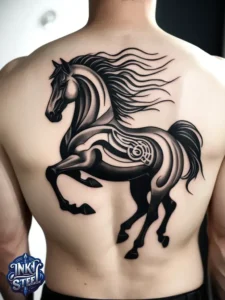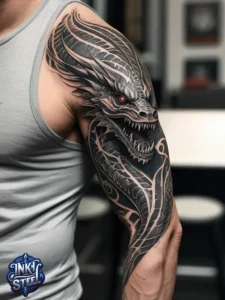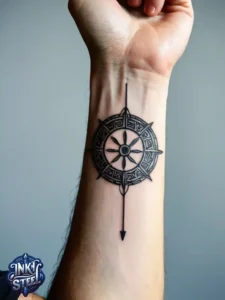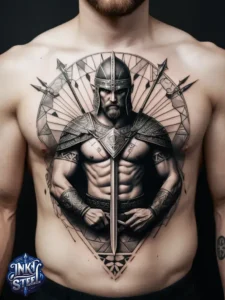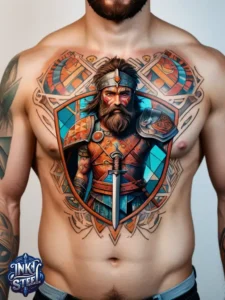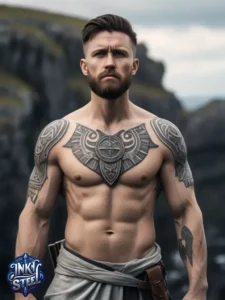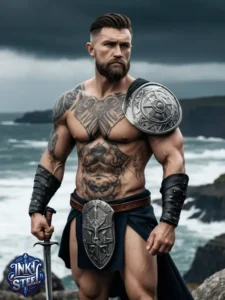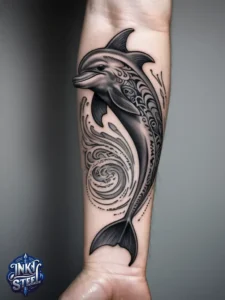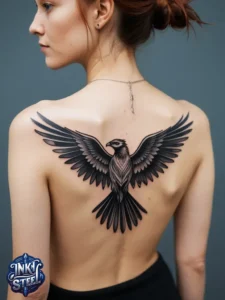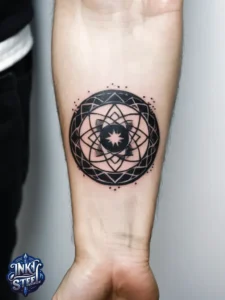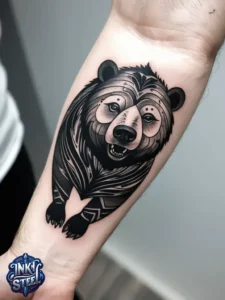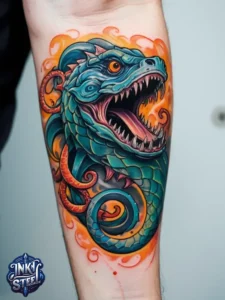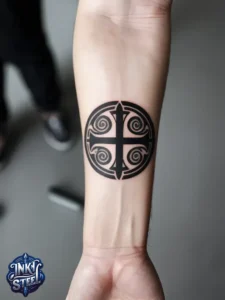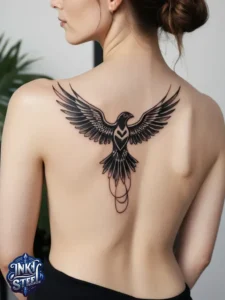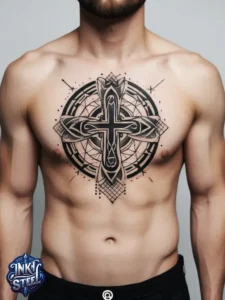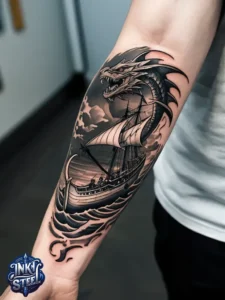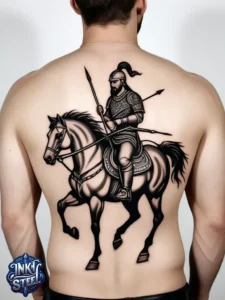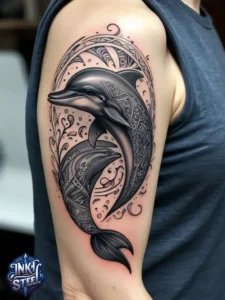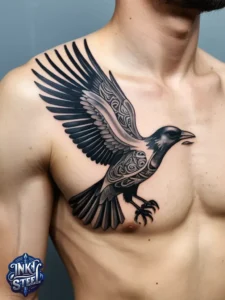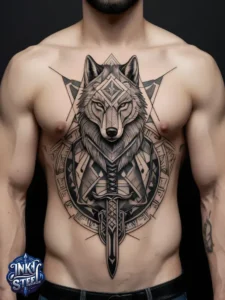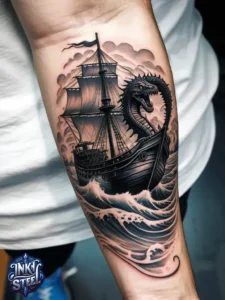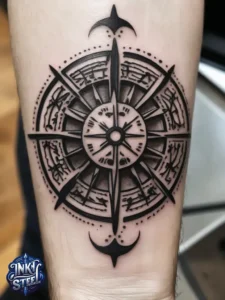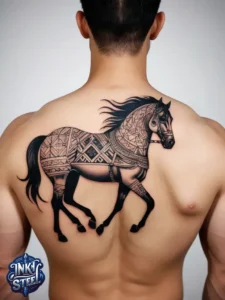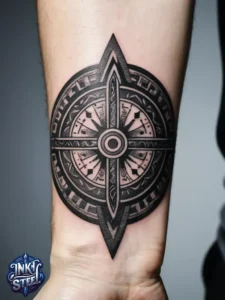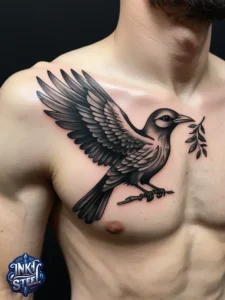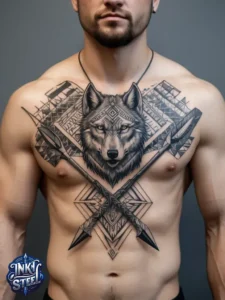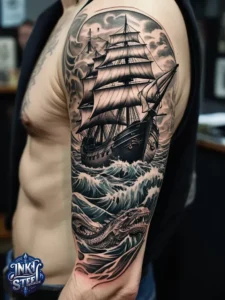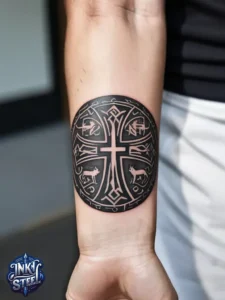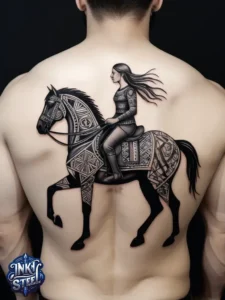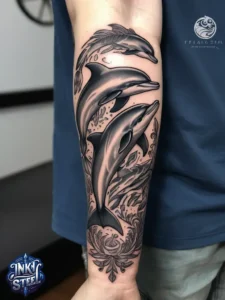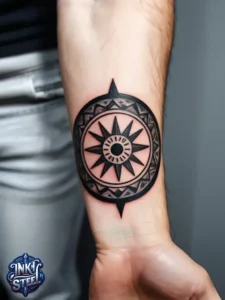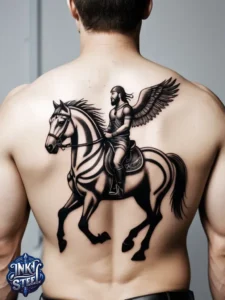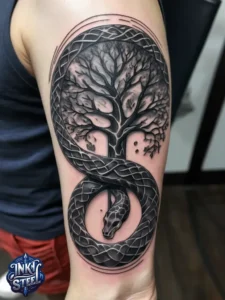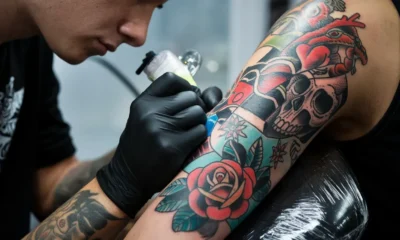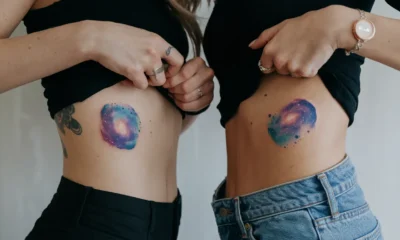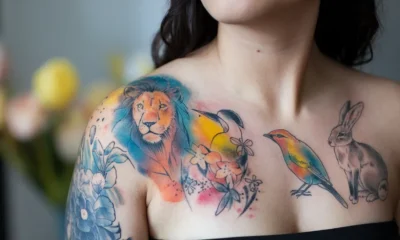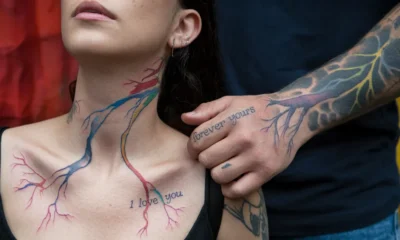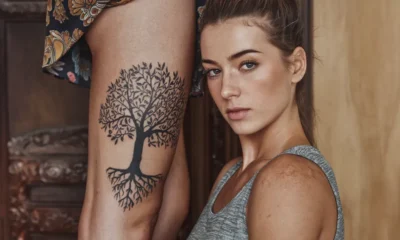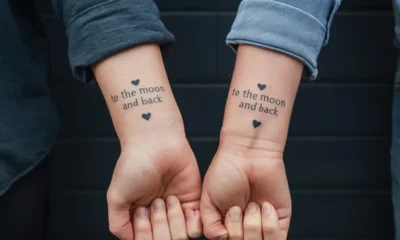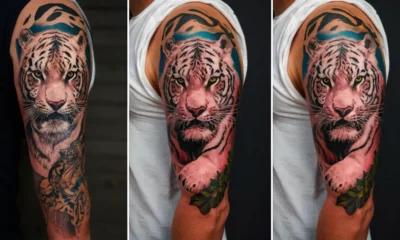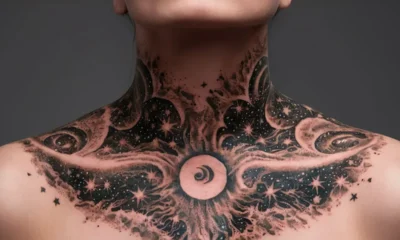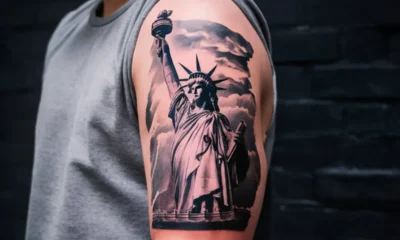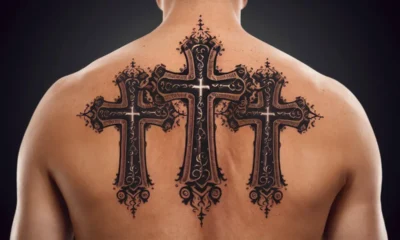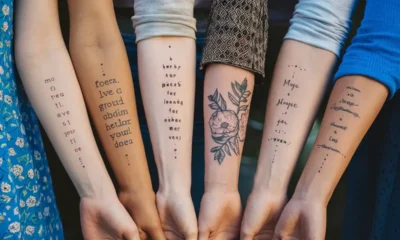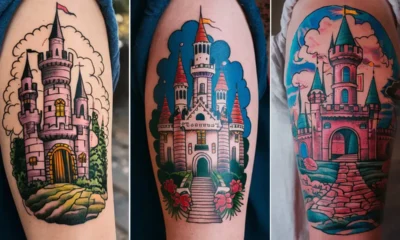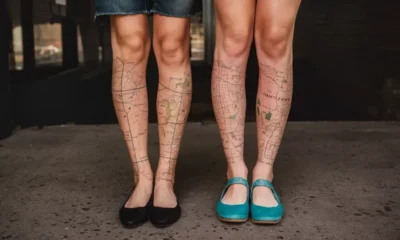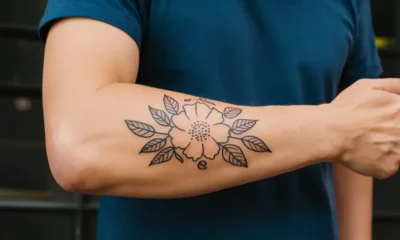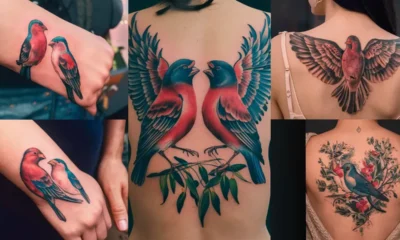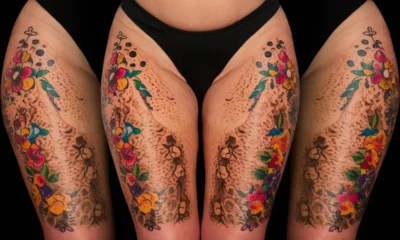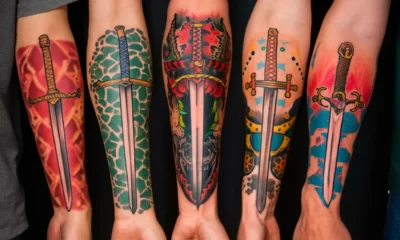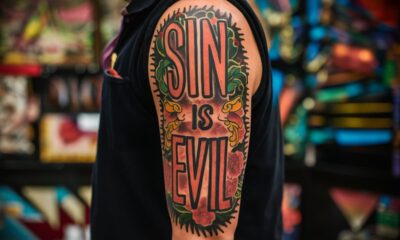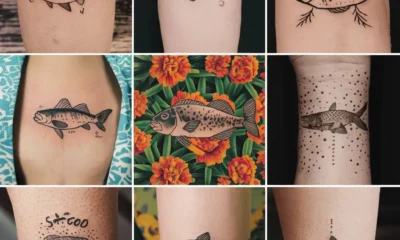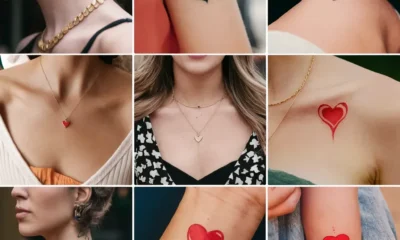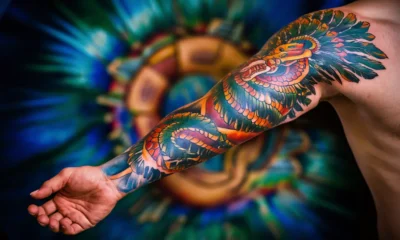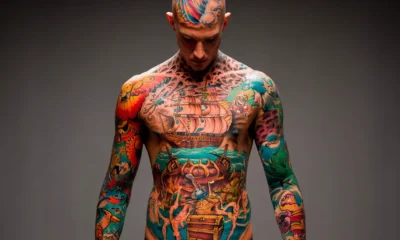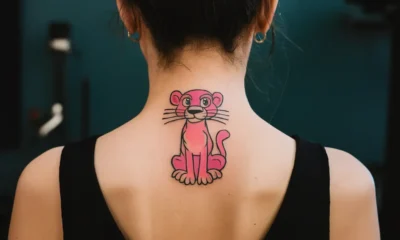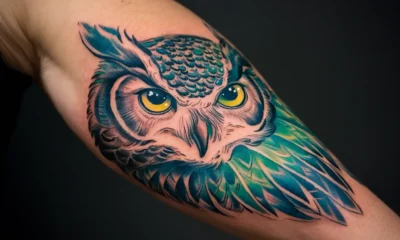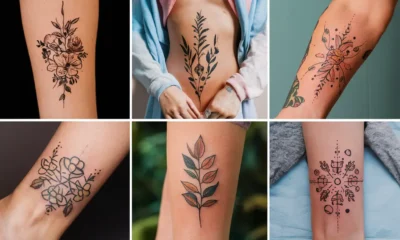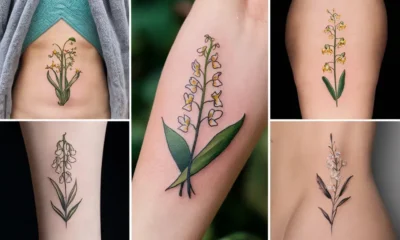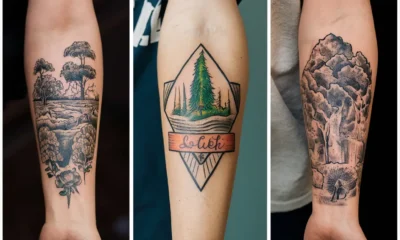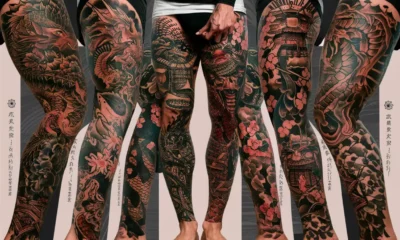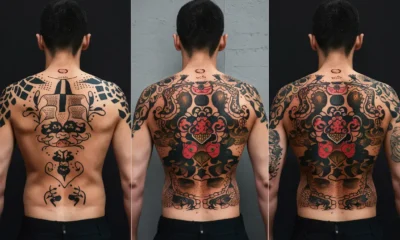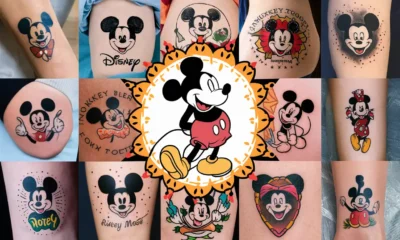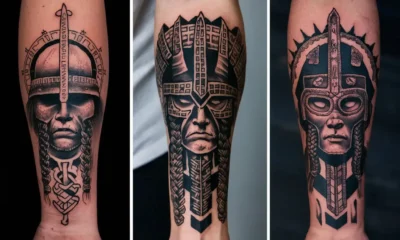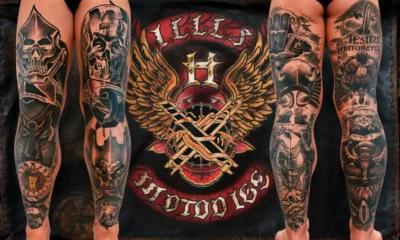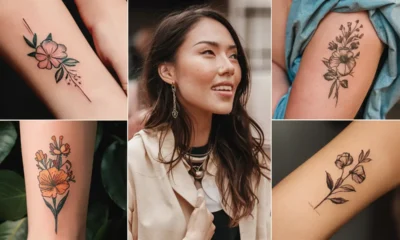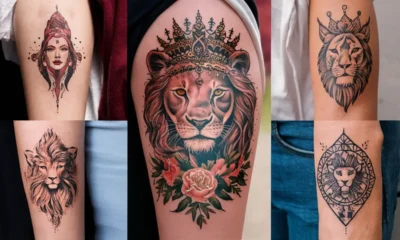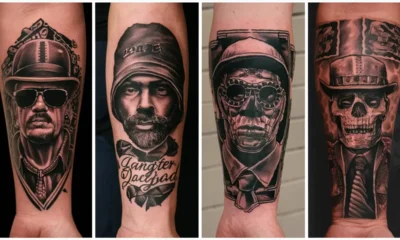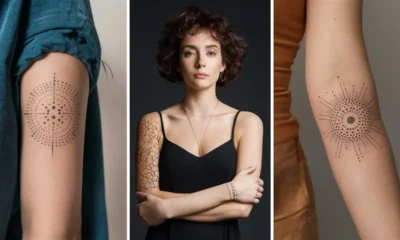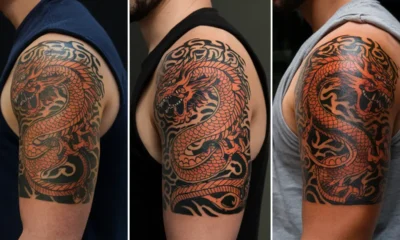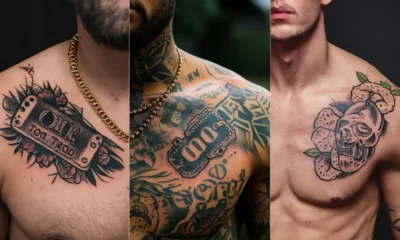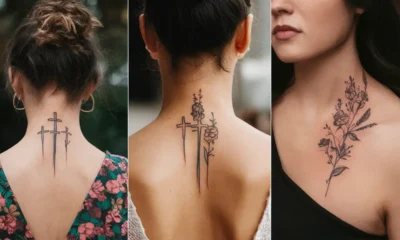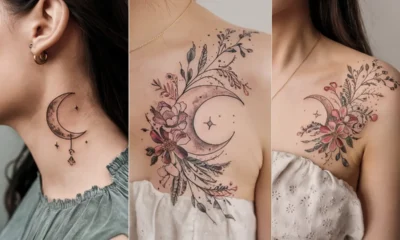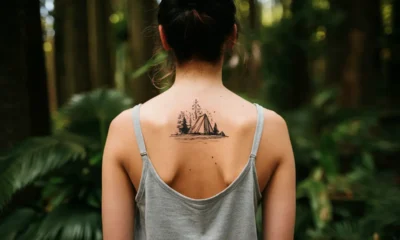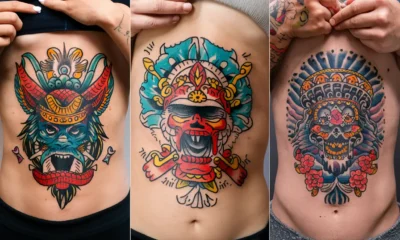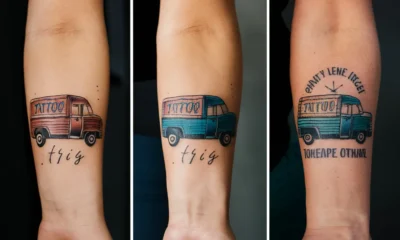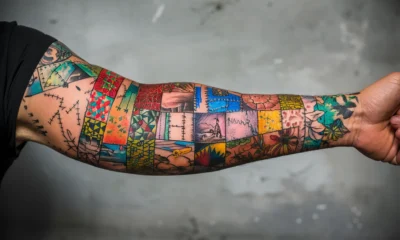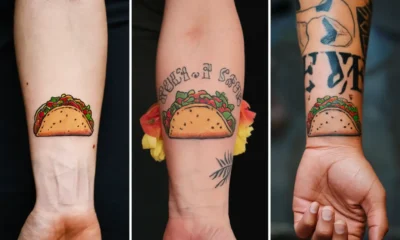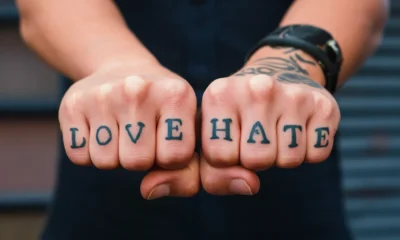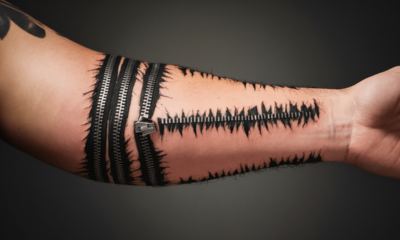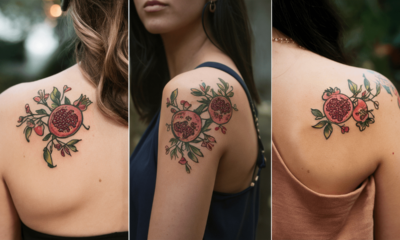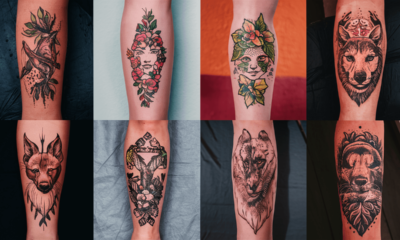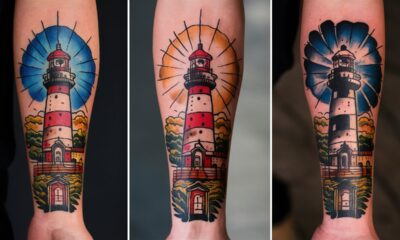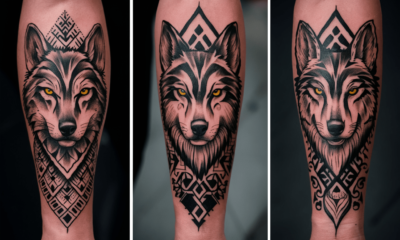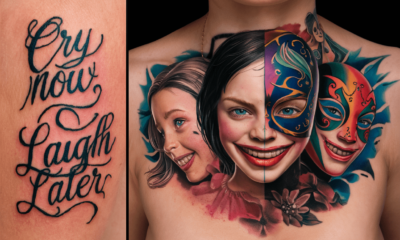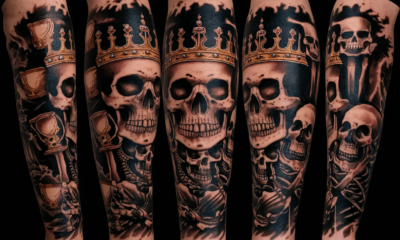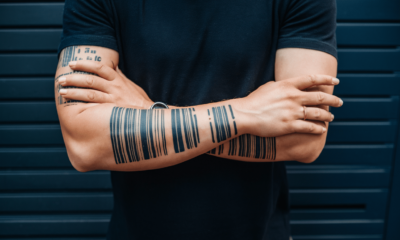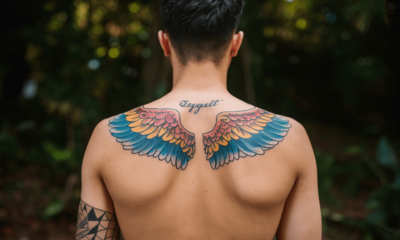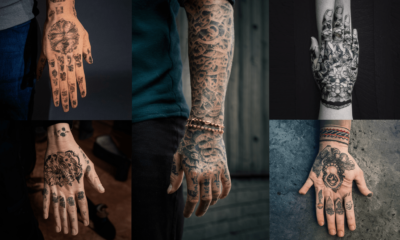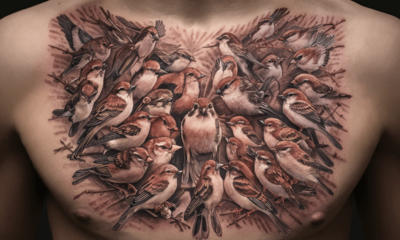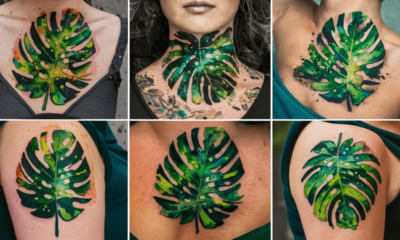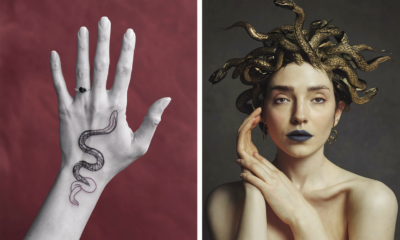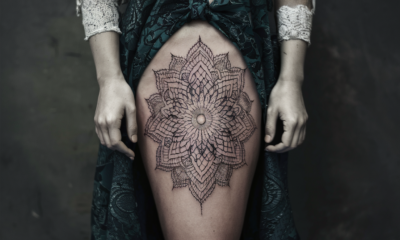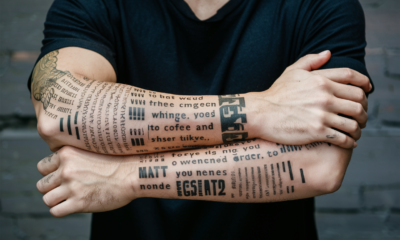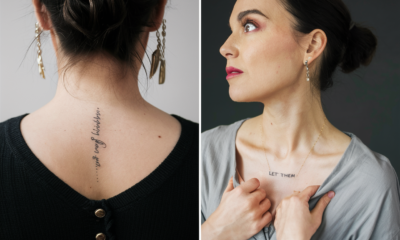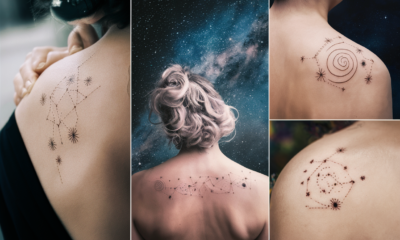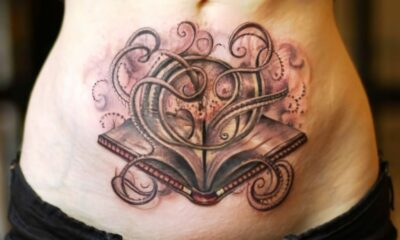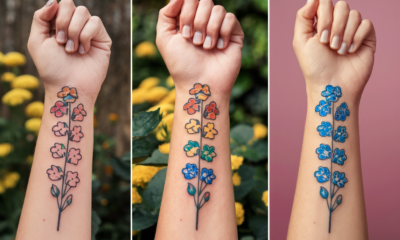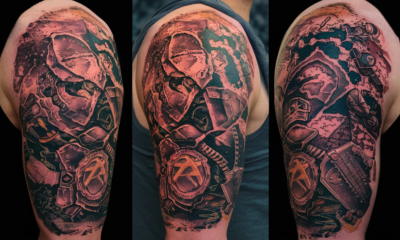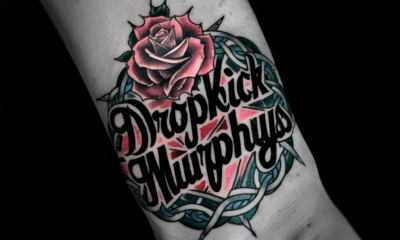Tattoos
Pictish Tattoos Ancient Symbols
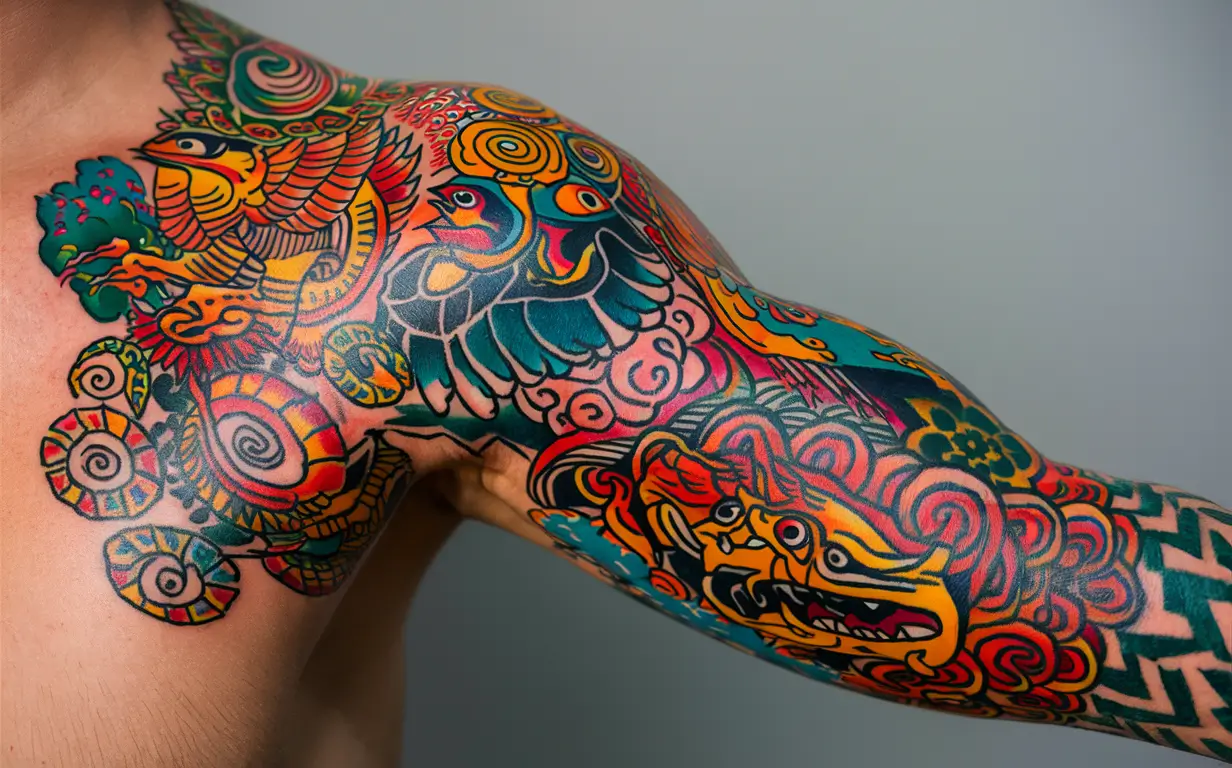
Pictish tattoos come from the ancient traditions of the Picts, a Celtic-speaking people from Scotland. These tattoos boast intricate designs and deep cultural meanings. They have a long history and remain popular today for their artistic beauty and historical significance. This article explores the symbolism, history, and modern meanings of Pictish tattoos. It also looks at their appeal to both men and women and gives insights into various designs, styles, and the work of modern tattoo artists who specialize in this art form.
Understanding Pictish Tattoos
The Picts, called “painted people,” used body art to mark their identities. Roman historians noted that the Picts decorated their bodies with tattoos. These tattoos served as symbols of beliefs, status, and achievements. Ancient Pictish tattoos were likely made with natural pigments, possibly blue woad, giving the tattoos a distinctive blue color.
The Picts’ designs were often geometric and symbolic. They featured intricate knots, spirals, and animal representations. These symbols weren’t just decorative; they held meanings tied to the Pictish worldview, spirituality, and social structure. Today, these ancient symbols have been adapted into modern tattoo art, keeping the cultural heritage of the Picts alive.
Symbolism and Meanings of Pictish Tattoos
Pictish symbols are complex and meaningful. The most recognized symbols include the Pictish Beast, Z-Rod, V-Rod, and various knotwork designs. Each symbol has a distinct meaning:
- Pictish Beast: This mythical creature symbolizes protection and strength. Its mysterious form fascinates historians and tattoo fans.
- Z-Rod and V-Rod: These symbols, often combined with other motifs, represent life, death, and the passage between worlds. They act as a bridge between the physical and spiritual realms.
- Knotwork Designs: The intricate knotwork symbolizes eternity and the interconnectedness of life. These timeless designs remain popular in modern tattoo art for their aesthetic appeal and deep meanings.
Cultural Value of Pictish Tattoos
Pictish tattoos have significant cultural value, especially for those with Celtic heritage or an interest in ancient history. These tattoos connect people to the past and help preserve the legacy of the Picts. They are also valued for their artistic merit and the skill needed to create such detailed and meaningful designs.
For many, Pictish tattoos celebrate identity, resilience, and heritage. They serve as a permanent reminder of the rich cultural history that has shaped modern Scotland and beyond. The renewed interest in Pictish tattoos shows a trend of reviving ancient traditions and blending them into contemporary expressions of art and identity.
Who Would Be Interested in Pictish Tattoos?
Pictish tattoos attract a diverse audience. Men and women from different backgrounds find these tattoos appealing for their historical significance, unique looks, and deep symbolism. People interested in Pictish tattoos include:
- History Enthusiasts: Those fascinated by ancient civilizations and Celtic history are drawn to Pictish tattoos for their authentic connection to the past.
- Celtic Heritage: Individuals with Scottish or Celtic ancestry often choose Pictish tattoos to honor and celebrate their heritage.
- Tattoo Collectors: People who appreciate intricate and meaningful tattoo art are naturally attracted to the complexity and beauty of Pictish designs.
- Modern Pagans and Spiritual Seekers: Those interested in ancient spiritual practices and symbolism find Pictish tattoos resonate with their beliefs and values.
Pictish Tattoo Designs and Styles
Pictish tattoo designs come in many styles, from small and simple symbols to large, elaborate pieces. Popular designs include:
- Small Pictish Tattoos: Small Pictish tattoos are perfect for those wanting a discreet option. These often feature single symbols like the Z-Rod, V-Rod, or simple knotwork. They can be placed on the wrist, ankle, or behind the ear.
- Pictish Tattoos for Women: Women may prefer delicate and intricate designs, such as finely detailed knotwork or the Pictish Beast. These designs can fit various parts of the body, including the forearm, back, or shoulder.
- Pictish Tattoos for Guys: Men often choose larger, more prominent tattoos, such as full sleeves or chest pieces that incorporate multiple symbols and elaborate designs. The Pictish Beast and complex knotwork are particularly popular choices.
- Blue Pictish Tattoos: Many Pictish tattoos use shades of blue, staying true to historical accounts. This not only adds a unique and striking visual element but also honors the traditional use of woad.
Tattoo Artist Approach to Pictish Tattoos
Creating Pictish tattoos requires a deep understanding of the symbols and their meanings, as well as a high level of artistic skill. Tattoo artists specializing in Pictish designs often study historical sources, ancient artifacts, and existing Pictish art to ensure authenticity and accuracy in their work.
These artists plan each design carefully to maintain the integrity of the original symbols while also tailoring the tattoo to fit the client’s body and preferences. The process usually involves extensive consultation with the client to understand their vision and ensure the final piece resonates with them on a personal level.
Prominent Tattoo Artists Specializing in Pictish Designs
Several tattoo artists have gained recognition for their expertise in Pictish tattoos. These artists bring ancient symbols to life through their work:
- Ian J. Watson: Known for his detailed and historically accurate Pictish tattoos, Watson combines traditional techniques with modern tattooing practices. His work is highly sought after by those looking to capture the essence of Pictish art.
- Jacqui Moore: Specializing in Celtic and Pictish designs, Moore’s tattoos feature intricate knotwork and symbolic depth. Her ability to translate ancient motifs into contemporary tattoo art has earned her a dedicated following.
- David Corden: A renowned tattoo artist with a passion for Celtic history, Corden’s Pictish tattoos are noted for their precision and artistic flair. His work often features a blend of traditional Pictish symbols and modern artistic elements.
Placement and Aftercare of Pictish Tattoos
Choosing the right placement for a Pictish tattoo is crucial to showcasing the design effectively and maintaining it easily. Common placements include:
- Arms and Shoulders: Ideal for larger, more intricate designs, the arms and shoulders provide ample space for detailed Pictish tattoos.
- Back and Chest: These areas are perfect for expansive designs that incorporate multiple symbols and complex patterns.
- Wrists and Ankles: Smaller tattoos can be placed on the wrists and ankles, offering a subtle yet meaningful display of Pictish art.
Proper aftercare is essential to maintain the vibrancy and longevity of Pictish tattoos. Gently wash the tattoo with mild soap and water to prevent infection. Apply a thin layer of unscented moisturizer or specialized tattoo aftercare ointment to keep the skin hydrated. Protect the tattoo from direct sunlight, as UV rays can cause fading and damage to the ink.Adhere to any specific aftercare guidelines provided by the tattoo artist to promote healing and preserve the tattoo’s quality.
Conclusion
Pictish tattoos offer a fascinating blend of history, culture, and artistry. Whether chosen for their deep symbolism, historical connection, or aesthetic appeal, these tattoos provide a meaningful way to celebrate and preserve the legacy of the Picts. With their intricate designs and profound meanings, Pictish tattoos continue to captivate and inspire, making them a popular choice for those seeking a unique and culturally rich form of body art. Whether opting for a small, discreet symbol or a large, elaborate piece, individuals can find a Pictish tattoo design that resonates with their personal identity and style.
-
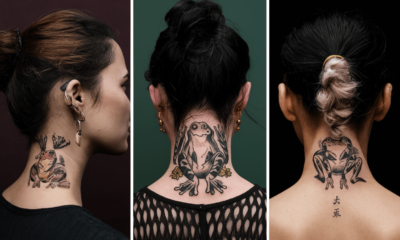
 Tattoos7 months ago
Tattoos7 months agoJapanese Frog Tattoos A Blend of Symbolism and Style
-
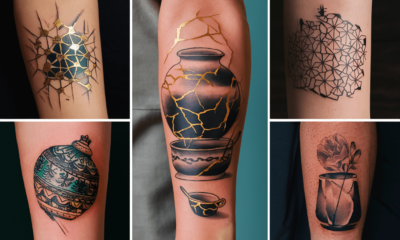
 Tattoos7 months ago
Tattoos7 months agoKintsugi Tattoo Embracing Beauty in Imperfection
-
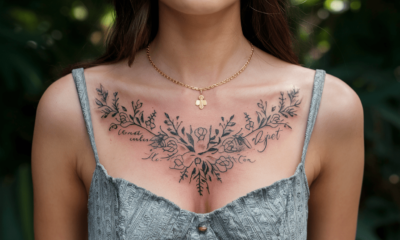
 Tattoos7 months ago
Tattoos7 months agoUnveiling the Artistry Female Chest Tattoos
-

 Tattoos7 months ago
Tattoos7 months agoDivine Guardians Exploring Guardian Angel Tattoos
-

 Tattoos8 months ago
Tattoos8 months agoExploring the Meaning of Stairway to Heaven Tattoos
-
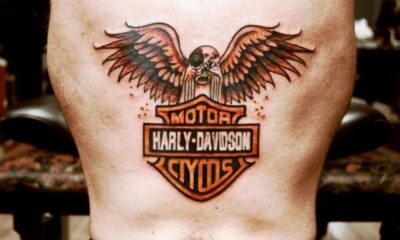
 Tattoos10 months ago
Tattoos10 months agoHarley Davidson Tattoo 14+ Riding the Ink Highway Ideas
-
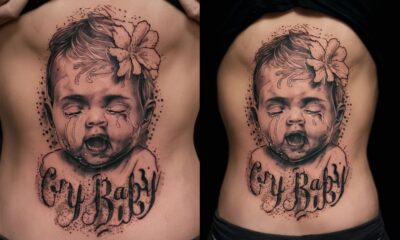
 Tattoos8 months ago
Tattoos8 months agoCrybaby Tattoos A Journey Through Emotion and Art
-
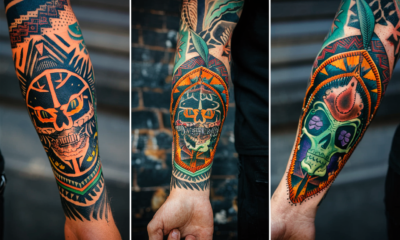
 Tattoos10 months ago
Tattoos10 months agoBlast Over Tattoos Transforming Skin Stories into Living Art

